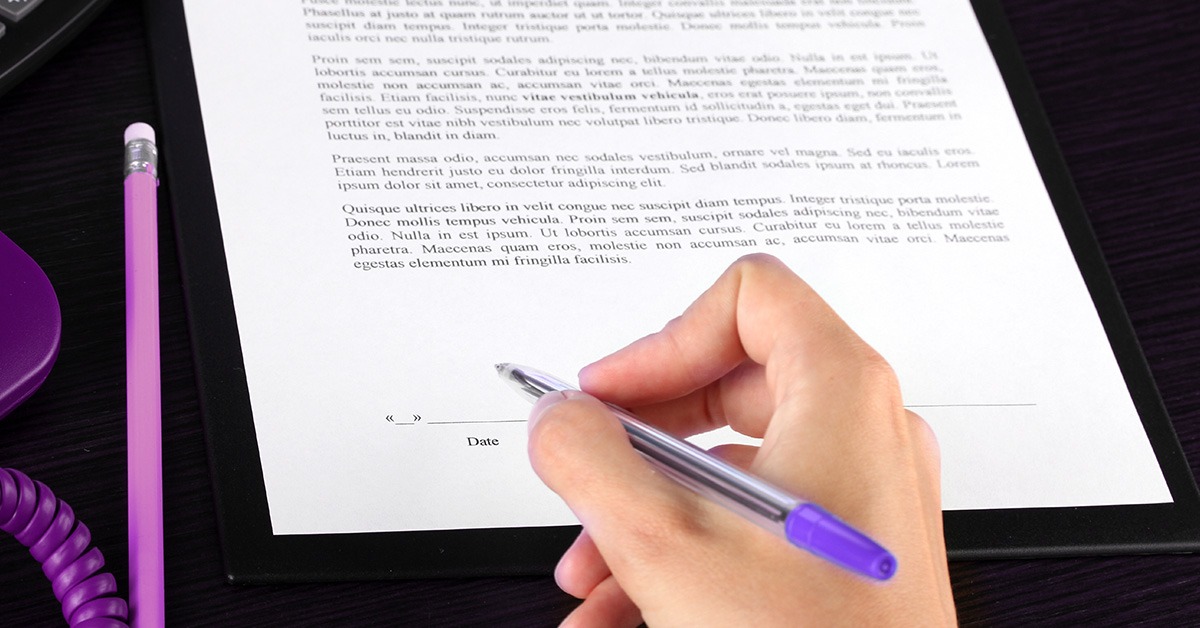(Note: This post was initially published on LinkedIn, and the following iteration is a syndicated version of the same.)
Improvements for machinery, computers, vehicles, or furnishings typically involve equipment leases.
The cost of buying new or used equipment is a big concern for small business owners looking to free up capital and grow their companies. Leasing offers an alternative to traditional loans and financing.
Diverse Types of Equipment Leasing Contracts
There are several types of equipment leasing contracts including:
- Capital leases
- Operating leases
- Stretch leases
- Skip payment leases
- Master leases
- Sale and leaseback
- Lease lines of credit
- Purchase upon termination leases, and
- TRAC leases
While each type of equipment lease has important tax implications, here we’ll focus on the essential provisions of these important commercial agreements.
Small businesses are good to go only if they include the correct and relevant provisions in their equipment leases.
Capital Lease
- a provision that title passes automatically to the lessee at the end of the term,
- a bargain purchase option (i.e., less than fair market value)
- the term is typically greater than 75% of the estimated life of the leased equipment, and
- the present value of the minimum lease payments is greater than 90% of the leased equipment’s fair market value at the beginning of the lease.
Operating Lease
An operating lease is any equipment lease that is not a capital lease and does not transfer substantially all the benefits and risks related to the ownership of property to the lessee.
Unlike a capital lease, an operating lease is generally used for short-term equipment leases.
Stretch Lease
A stretch lease typically offers low payments and an early purchase option to the small business owner. Stretch leases offer the lessee an option at the end of the term to either extend the term or purchase the asset.
Skip Payment Lease
A skip payment lease allows the lessee to “skip” payments during slow periods of the year using a payment plan tailored to fit the company’s unique cash flow cycle.
Matching the timing of revenue to expenses is an important financial strategy for small businesses with fluctuating cash flow.
Step Payment Lease
A step payment lease allows the lessee to tailor its lease payments to match irregular revenue streams unique to their line of business.
A “step up” lease begins with lower amortized monthly lease payments that increase over the term. A “step down” lease does the opposite.
Again, these step payment equipment leases are particularly suited to the special requirements of small businesses.
Master Lease
A master lease is an equipment agreement whereby the lessee is not only able to lease currently needed assets but also may acquire other assets in the future under the same basic terms and conditions without renegotiating a new contract.
This type of arrangement puts the lessee in control of future equipment purchases, making the master lease a powerful tool for small businesses planning to expand.
Sale & Leaseback
A sale and leaseback agreement allows small businesses to free up capital tied up in their assets to invest in their companies or pay debts.
In a sale and leaseback agreement, an asset owned by the lessee is sold to the lessor who in turn rents it back to the lessee. Such agreements are an effective way for small businesses to generate capital.
In addition, small businesses can continue to use the equipment, so productivity doesn’t slow down; theoretically a small company’s revenue should remain constant.
Lease Line of Credit
A lease line of credit allows a small business to combine all its equipment needs in a single, pre-approved master lease line of credit.
While the size of the line of credit and interest rate will vary, the convenience to a small company of consolidating multiple equipment leases into one can’t be underestimated.
Purchase Upon Termination Lease
A purchase upon termination equipment lease is an end-of-lease option establishing a mandatory purchase price, usually expressed as a percentage, or “put”.
In this type of equipment lease, the payments may be lowered during the term without creating an unknown end-of-lease risk for either the lessor or lessee.
TRAC Lease
Finally, a TRAC lease may ease the transportation needs of a small business.
A TRAC lease is designed specifically for vehicles like trucks, tractors, and trailers.
The tax code allows for pre-determined residual values (as opposed to future, fair market values) to be negotiated in advance while maintaining the full deductibility of a true lease.
Ensuring Enforceable Contracts with Professional Assistance
Knowing the nature of each type of equipment leasing is critical to small businesses. It can help business owners make decisions that suit their equipment and financial needs.
Whichever equipment lease you choose, make sure the contract has the essential provisions that make it enforceable. There are contract management professionals available to help you create, negotiate, execute, and administer valid equipment leases.




